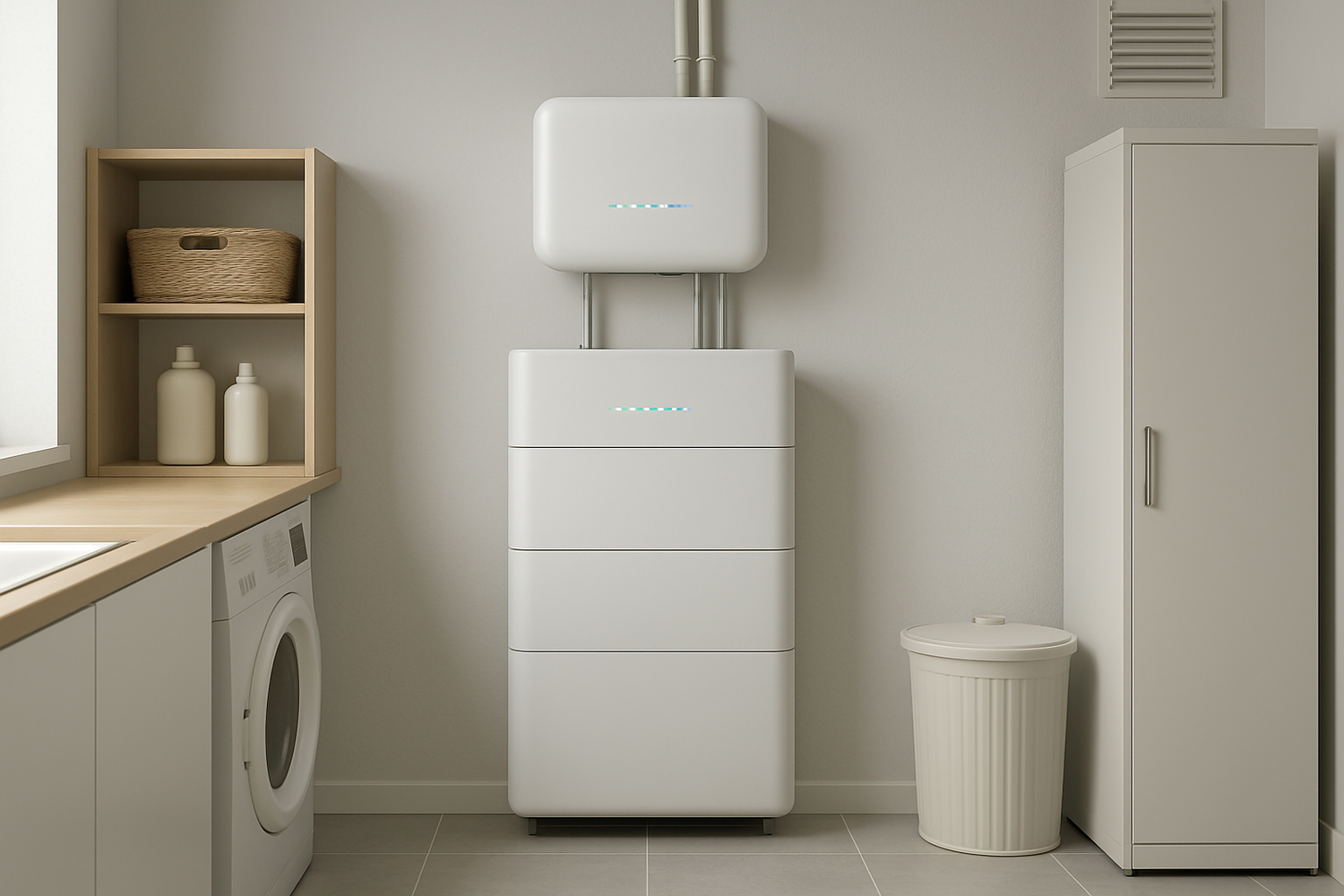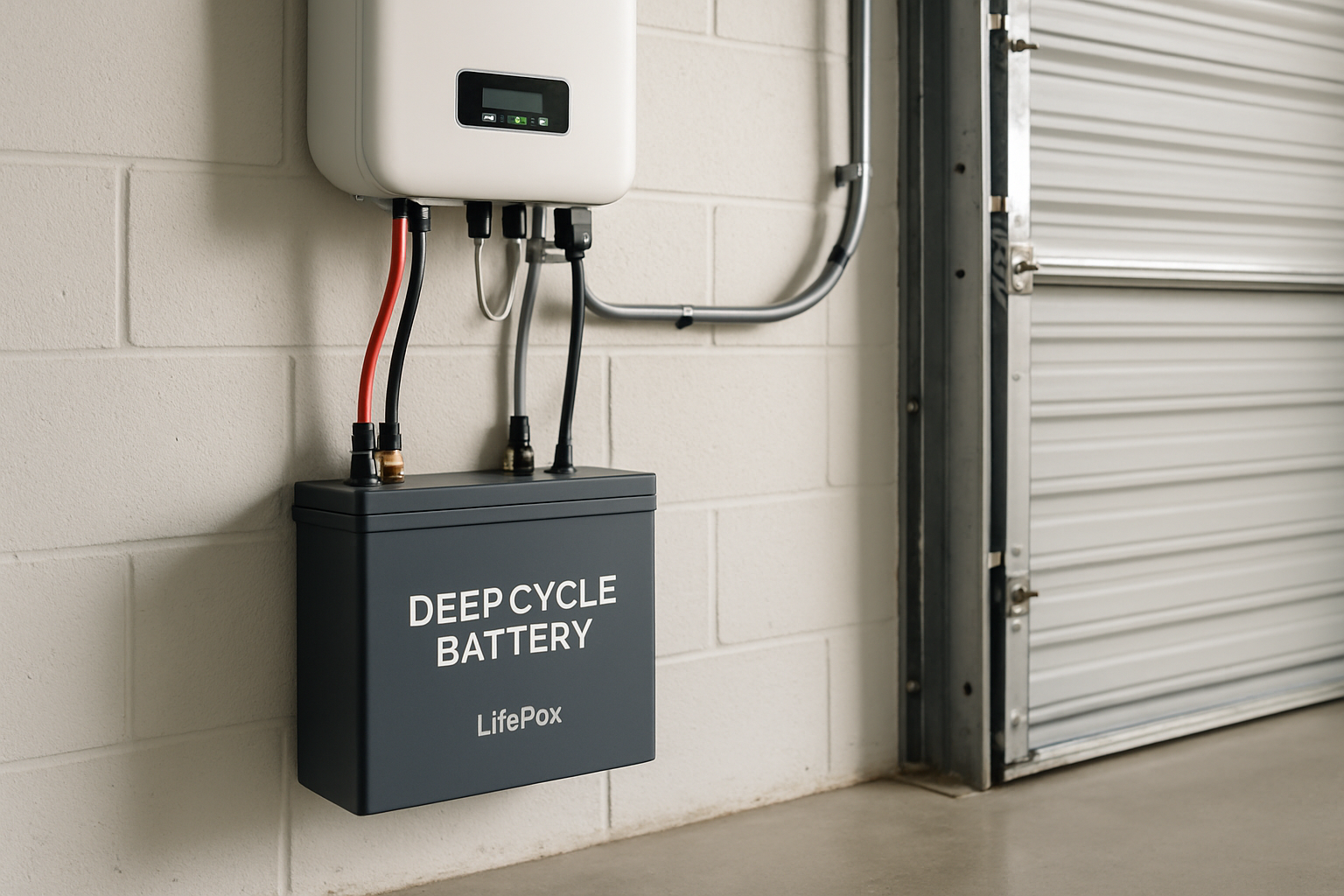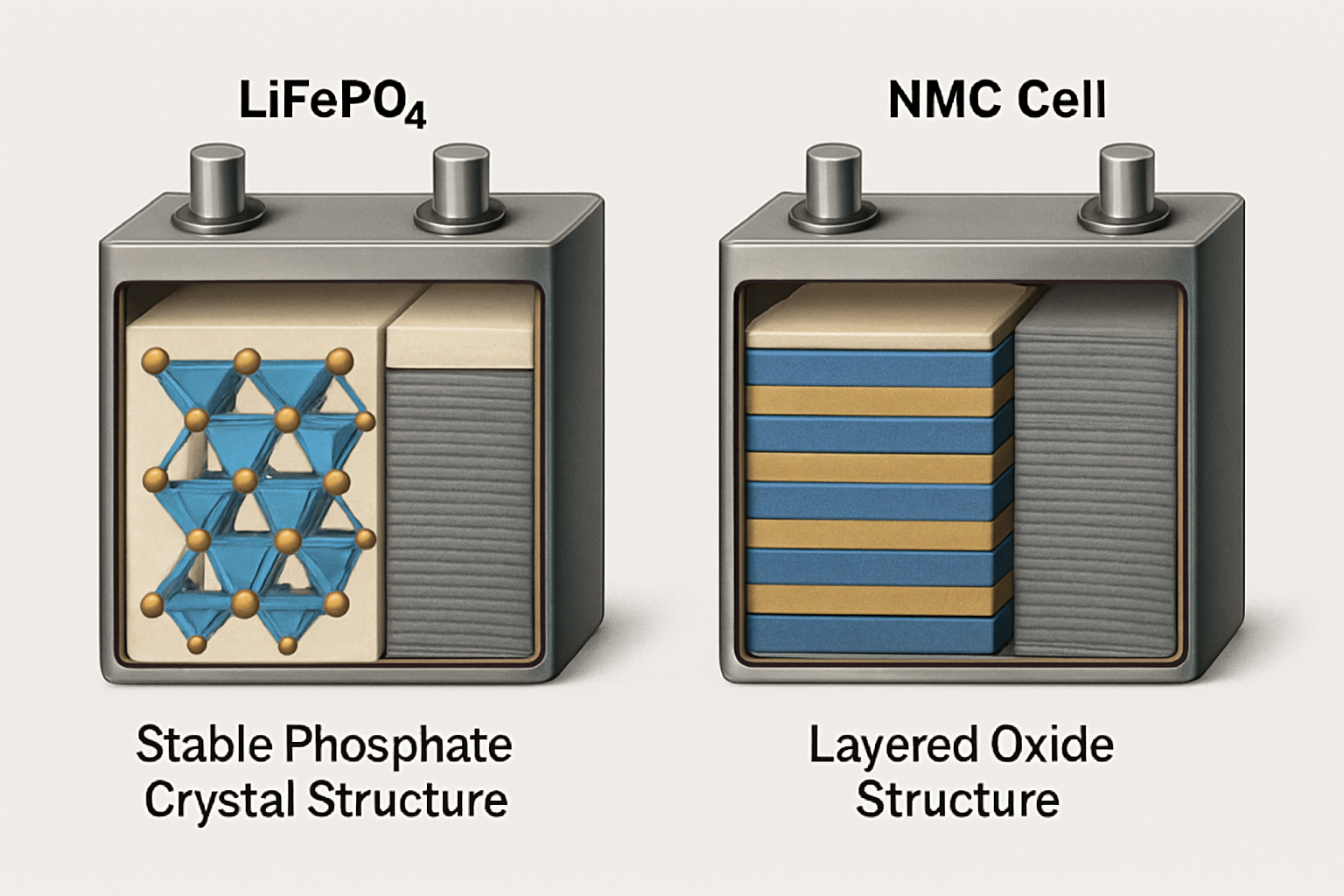Home battery storage systems are rapidly becoming a key component for households seeking energy independence and lower electricity bills. As you store your own solar energy, a natural question arises: Is this large battery in my home safe? The concern over fire hazards is valid, and this article provides a clear, evidence-based look at the real risks and the robust safety measures that make modern energy storage a reliable choice for your home.
Understanding the Fire Risk in Home Batteries
While extremely rare, battery fires can occur. The primary cause is a phenomenon called thermal runaway. This is a chain reaction where a battery cell overheats, causing a rapid, uncontrollable temperature rise. This process can be triggered by several factors.
What Causes a Battery to Catch Fire?
Thermal runaway doesn't happen spontaneously. It is typically initiated by specific abuse conditions that push a battery beyond its operational limits. Key triggers include:
- Manufacturing Defects: A rare internal flaw, such as a microscopic contaminant, can create a short circuit inside a cell.
- Physical Damage: Puncturing or crushing a battery can cause internal components to touch, leading to a short circuit and rapid heating.
- Electrical Abuse: Overcharging a battery beyond its voltage limit or discharging it too quickly can cause excessive heat and internal damage.
- Extreme Temperatures: Exposing a battery to external heat sources can raise its internal temperature to an unsafe level.
Not All Batteries Are Created Equal: Chemistry Matters
The type of lithium-ion chemistry used in a battery has a significant impact on its safety profile. For residential energy storage, Lithium Iron Phosphate (LiFePO4) has become the preferred choice due to its exceptional stability.
Unlike other chemistries like Nickel Manganese Cobalt (NMC), LiFePO4 has a more robust molecular structure. This makes it far less prone to thermal runaway. The thermal stability of LiFePO4 is fundamentally higher; it can withstand much higher temperatures before becoming unstable. Studies show that the trigger temperature for thermal runaway in LiFePO4 batteries is significantly higher than in NMC batteries.
| Feature | Lithium Iron Phosphate (LiFePO4) | Nickel Manganese Cobalt (NMC) |
|---|---|---|
| Thermal Runaway Temperature | High (approx. 230-270°C) | Lower (approx. 160-210°C) |
| Safety Profile | Excellent, very stable | Good, but more volatile under stress |
| Oxygen Release at High Temp | No | Yes (can fuel a fire) |
| Cycle Life | Very High (3000-6000+ cycles) | Moderate (1000-2000 cycles) |
Key Safety Features in Modern Energy Storage Systems
Modern home battery systems are not just simple batteries; they are sophisticated devices with multiple layers of protection designed to prevent failures and mitigate risks.
The Role of the Battery Management System (BMS)
The Battery Management System (BMS) is the brain of the battery pack. This advanced electronic system continuously monitors the health and status of every cell. Its primary job is to keep the battery operating within its safe limits by managing voltage, current, and temperature. A well-designed BMS will automatically disconnect the battery to prevent dangerous conditions like overcharging or overheating, effectively stopping a potential problem before it starts. The performance and reliability of these systems are crucial. For a deeper look into how these metrics contribute to overall system quality, you can review this guide on solar storage performance.
Built-in Protections and Certifications
Beyond the BMS, high-quality energy storage systems are engineered with physical safeguards. These include robust enclosures to protect against physical damage, thermal management systems like cooling fans to dissipate heat, and fuses or circuit breakers for overcurrent protection.
Furthermore, look for systems certified to rigorous safety standards. According to World Energy Investment 2023, investment in clean energy technologies is rising, and with it, the importance of safety standards. UL 9540 is a critical safety standard for energy storage systems, ensuring that the battery, inverter, and other components work together safely. UL 9540A is a test method used to evaluate a system's ability to handle thermal runaway, providing crucial data on fire propagation.
Best Practices for Installation and Maintenance
Even the safest product can become a hazard if installed or maintained improperly. Adhering to best practices is essential for ensuring the long-term safety of your home battery system.
Why Professional Installation is Non-Negotiable
A home energy storage system is a high-voltage piece of equipment that must be integrated correctly into your home's electrical system. Professional, certified installers understand the complexities of proper wiring, component sizing, and ventilation. Improper installation is a leading cause of system failure and poses a significant fire risk. Always use a qualified professional to ensure your system is installed according to manufacturer specifications and local electrical codes.
Location, Location, Location: Where to Install Your Battery
The placement of your battery system matters. According to NFPA 855, the standard for the installation of stationary energy storage systems, batteries should not be installed in living areas like bedrooms. Recommended locations include attached or detached garages, utility closets, or outdoors. Key considerations for location include:
- Ventilation: Ensure adequate airflow to help dissipate heat.
- Clearance: Maintain at least three feet of clearance around the unit from flammable materials, windows, and doors.
- Protection: The unit should be protected from physical impact, such as from a vehicle in a garage.
Simple Maintenance for Long-Term Safety
Modern home battery systems require minimal maintenance, but a few simple checks can help ensure continued safe operation. Periodically inspect the unit for any signs of damage, keep the area around it clean and clear of debris, and check that vents are not blocked. Most systems come with monitoring software that allows you to check its status and performance, which can help you spot any irregularities early.
Wrapping It Up: A Balanced Perspective on Battery Safety
The idea of a home battery fire is concerning, but the data shows it is a very low-probability event. Research from Germany calculated the annual fire risk from a home storage system at just 0.0049%. The combination of inherently safer LiFePO4 chemistry, multi-layered safety electronics, stringent industry certifications like UL 9540, and correct professional installation makes home battery storage a safe and reliable technology. By understanding the risks and taking the proper precautions, you can confidently invest in a system that provides energy security and peace of mind.
Disclaimer: This article is for informational purposes only and does not constitute professional electrical or safety advice. Always consult with a qualified installer and adhere to local building and fire codes.
Frequently Asked Questions
How common are home battery fires?
Home battery fires are extremely rare. Data from several regions shows that the incident rate is very low, especially when compared to fires from other common household appliances. With millions of systems installed globally, the number of fire incidents is a tiny fraction of a percentage.
Is a LiFePO4 battery completely fireproof?
No battery chemistry is completely fireproof. However, LiFePO4 is significantly more resistant to thermal runaway than other common lithium-ion chemistries. It requires much more extreme conditions (higher temperatures) to fail, making it an inherently safer choice for a residential application.
Can I install a home battery system myself?
No. A home battery system is a high-voltage device that must be installed by a qualified and certified professional. DIY installation is dangerous and can lead to electrical shock, system damage, and an increased risk of fire. It will also likely void your product warranty and may violate local electrical codes.
What safety standards should I look for?
The most important safety standard for a complete home energy storage system is UL 9540. This certification ensures the entire system (battery, inverter, etc.) has been tested and validated to work together safely. The batteries themselves should be certified to UL 1973, and the installation should comply with the National Electrical Code (NEC) and NFPA 855.





Leave a comment
All comments are moderated before being published.
This site is protected by hCaptcha and the hCaptcha Privacy Policy and Terms of Service apply.